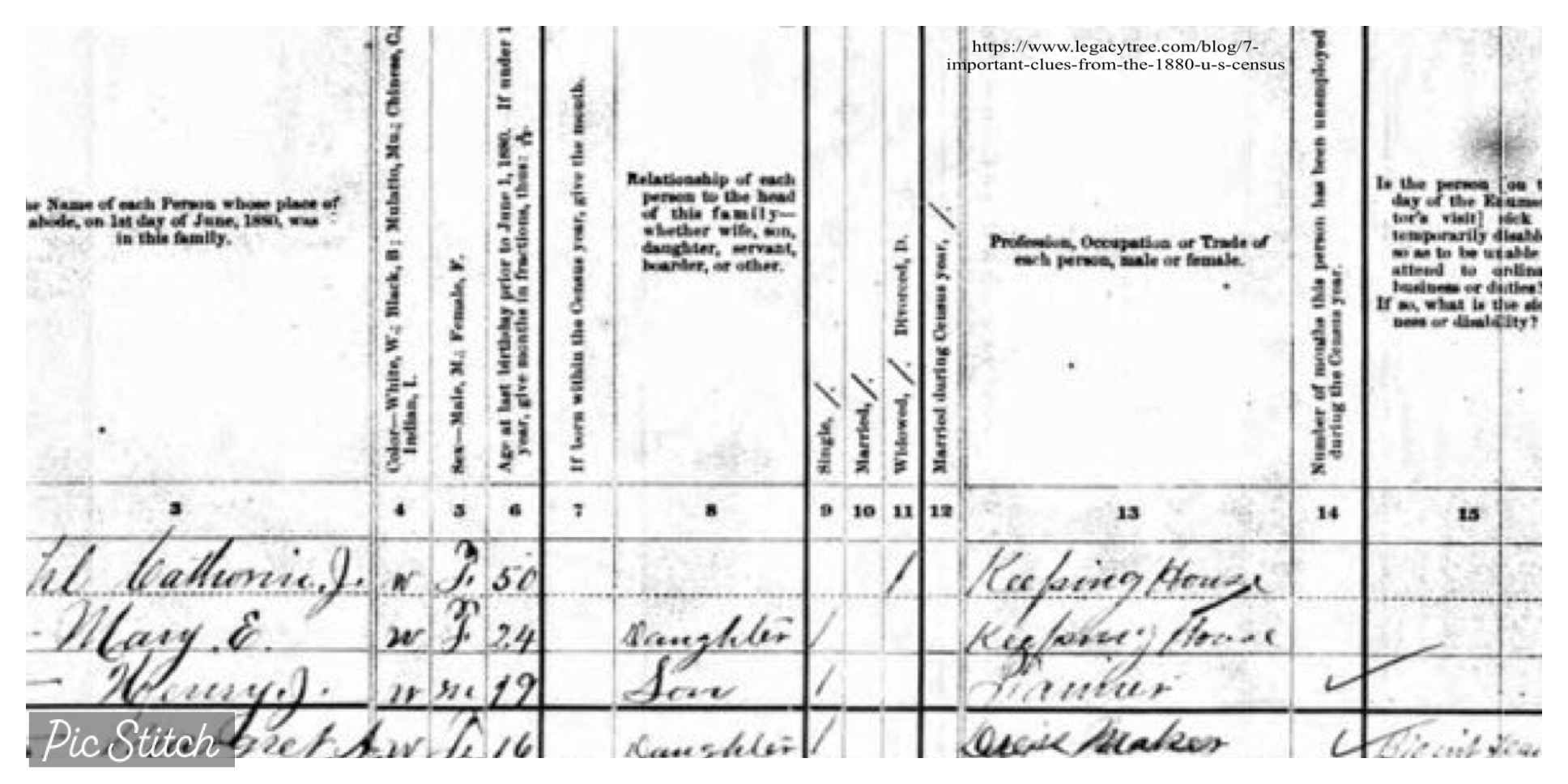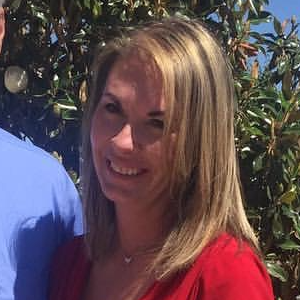Anyone who does genealogy knows that there was a fire on January 10, 1921 in the Commerce Department building in Washington DC. In this fire the 1890 census was destroyed, or so most people think. However, parts did survive and can be very useful for genealogists. There were six parts that survived. We will go over the first three parts now, the General Population Schedules, list of selected Delaware African-Americans and Statistics of Lutheran Congregations.
6,160 people are in the fragments of the General Population Schedules
There are over 6,160 people from ten states and the District of Columbia in the fragments left in the General Population Schedules. There are three rolls of microfilm in the National Archives Microfilm Publication M407, the Eleventh Census of the United States, 1890. These rolls are indexed on two rolls: National Archives Microfilm Publication M946, Index to the Eleventh Census of the United States, 1890. The first roll has surnames A - J and the second roll has K - Z. These rolls have also been digitized by FamilySearch.org and can be searched on their website for free.
454 Delaware African Americans with notes
The next grouping from the 1890 census to survive are lists of selected Delaware African Americans and can be found in National Archives Microfilm Publication M1919. This one roll consists of three parts. The “1890 List” which alphabetized 454 African Americans and notes, surname, first name, their 1890 Enumeration Number (ED) and their ED description and occupation. Next is the “1890-1900 Consolidated List” which has all the information of the “1890 List” but also includes the 1900 ED number. The last part is “Negroes in the United States” 1904.
If someone in your family was a minister or member of a Lutheran congregation in 1890 this next part is for you. The National Archives Microfilm Publication M2073 “Statistics of Congregations of Lutheran Synods, 1890” and is contained on one roll. This information is arranged by synod, then state, then by locality. There were also seven columns filled out.
- town or city
- county
- name of organization
- number or type of church edifice
- seating capacity
- value of church property
- number of members.
No names of ministers or members are included.
Of course it would be better if we had the entire 1890 census! I know I often wonder what information on it would help in my search for my ancestors. Yet, these fragments are still important and still can open many doors. In our next blog we will cover the remaining three parts of the 1890 census. Who knows, maybe with all six parts you will get a clearer picture of what was happening in the United States in 1890.
We can help
If you need any help finding your ancestors, just let us know.


